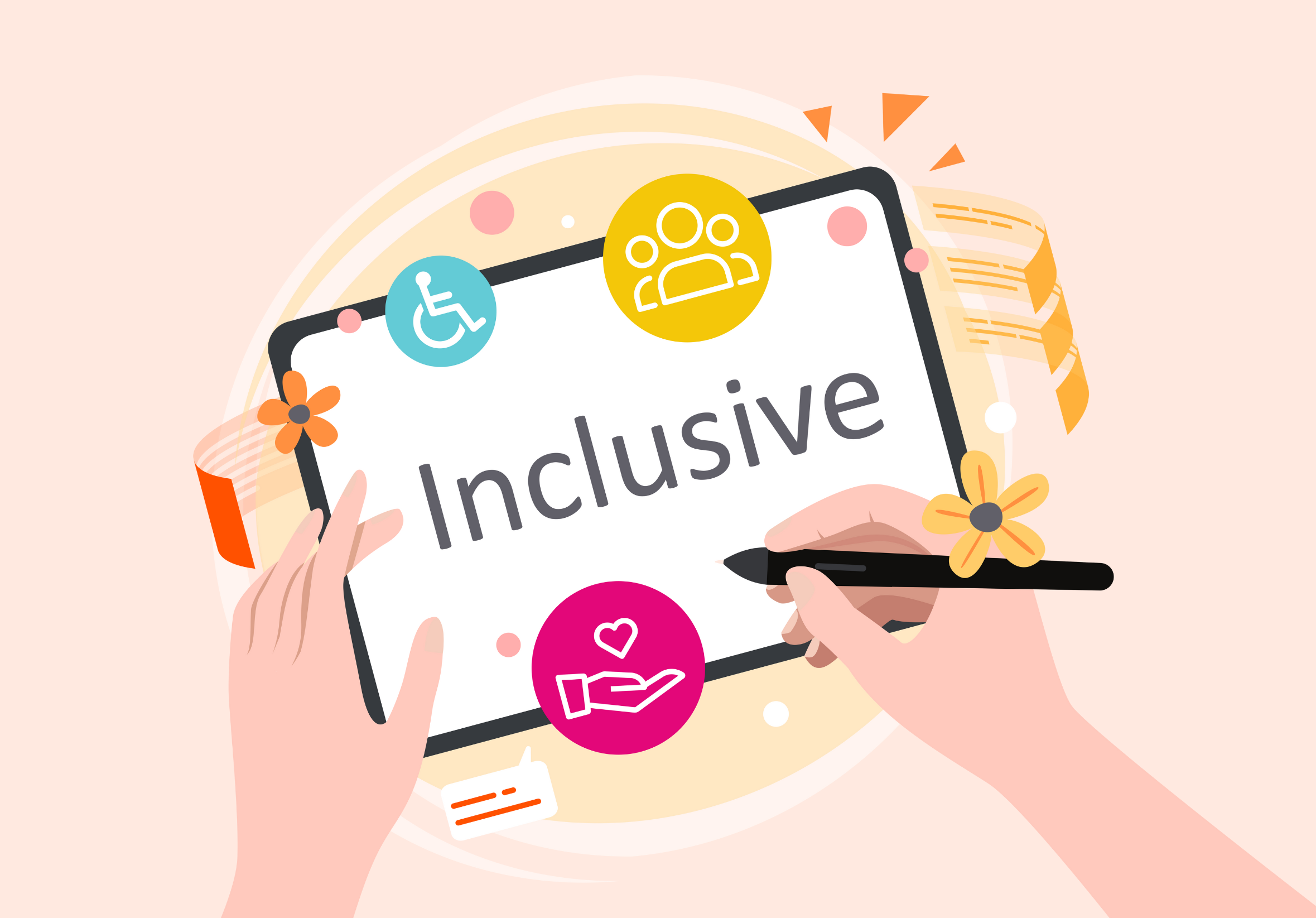11 October 2023
Serious games and Gamification
Can serious, high-stakes subjects be… Fun? Absolutely!
We’ve all been there: difficult, dry subject matter, weighty or critical questions that can make learning unappealing. How do you handle these course matters in eLearning and give them their proper standing, while keeping the people they are meant for engaged?
The answer can be found in serious games and the gamification of learning.
First, avoid approaching the task with the idea that we need to get through it as quickly as we can, hoping it will be as painless as possible. Opening up to the possibility that even difficult subjects or subjects considered serious or delicate can be enjoyable and engaging learning subjects is the gateway to gamification.
Think “games” : board games, video games, riddles, challenges, etc.
Finding out what makes these games fun and enjoyable, and what keeps you engaged, is the key to identifying what can be pulled from their inner workings and included into an e-learning course. Is it the competition, against others or against the game itself? Is it the level of difficulty or complexity of it? Is collecting money, rewards, or badges so satisfying? A who dunnit or an escape room? Or maybe it’s influencing the story as it unfolds? A bit of all that?
All these elements can be drawn from the games we know and enjoy, adapted, and used in the concept of the training so as to bring a learning experience that provides a high degree of motivation.
Narration, characters and avatars
Gamifying learning also involves the use of characters or avatars and targeted narration to bring a captivating story to life for learners. We slip into a role, interacting in the surrounding environment – whether realistic or fanciful, it doesn’t matter, as long as it’s credible, logical, and tailored to the target audience – to solve a riddle, find solutions, succeed in a mission, and so on.
Flexing the creativity muscle
At first glance, you might think that some areas of expertise or subject matters simply don’t have anything to do with creativity. However, let’s not forget that problem-solving, in itself, is a manifestation of creativity: taking familiar elements out of context, arranging them in a new way, collaborating with others to achieve a goal, are all situations with the potential to yield novel outcomes, and so they become opportunities to bring out divergent thinking and foster inventiveness in people.
A wide range of media
Varied media use also contributes to the playful atmosphere of a training course: incorporating animations, videos, illustrations, or photos, not to mention all the ambient sounds, enhances the immersion and simulation effect, which makes the content more attractive and therefore more engaging.
All these visual aids have the power to convey all of the content without the impression of having it spoon-fed to the intended audience, as is the case when long readings are presented.
What about humour?
When it’s unexpected, intelligent, or quirky, humor can also be a powerful tool for making learning more engaging for the target audience.
Using humor in e-learning is not without its challenges. People are at a different time and place from the training entity. You must use the right amount of humor, consider the diversity of the target audience, always ensure relevance and, above all, avoid humor that might be offensive. As is the case for many other communications situations, you need to have a thorough knowledge of your audience and adjust your message accordingly.
The gamification of learning and serious games aim to make learners’ journeys and experiences more fun, motivating, and effective by borrowing elements from game design.
To be effective, gamification must be implemented thoughtfully, lean on strong learning outcomes, and focus on the needs of the intended learners, so that learning remains the main objective of the course.
See for yourself how gamification can be leveraged! formations.clasrum.ca




